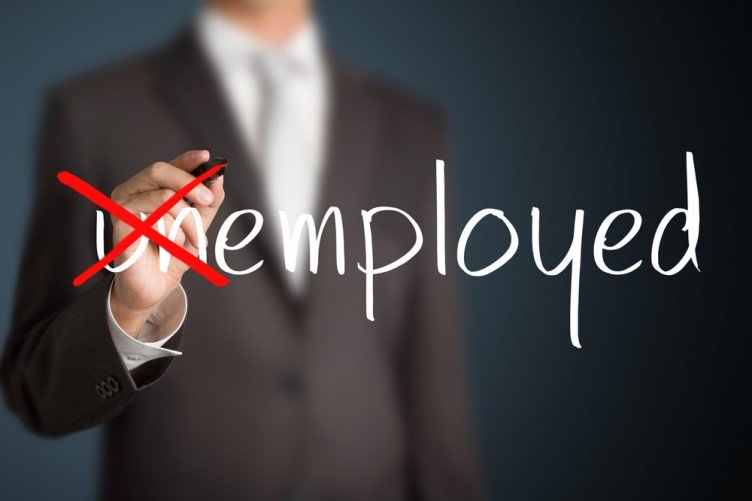Re-elected Rouhani’s economic challenges, priorities

After his landslide victory in Iran’s presidential election held on May 19, Iranian President Hassan Rouhani swept to his second term.
Winning about 57 percent of the votes, his position is now stronger, while expectations of his administration are much higher. People seriously want the president to keep his promises, in particular, those about improving the national economy’s status quo and the living standards. In better words, common people expect to feel the improvement of economy in their daily life not only in figures and graphs provided by officials and state-run organizations, but in reality, as well.
During the presidential campaigns, Rouhani was seriously censured by his rivals mainly about the augmented rate of unemployment during his first tenure and the low standards of life among low-income earners.
Top priority: job creation
Therefore, creating jobs to curb the unemployment rate which is now above 12 percent, reducing Gini coefficient- a statistical measure of income and wealth distribution in a society-, and improving the living standards stand among Rouhani’s top priorities, in the beginning of his four-year road.
On May 22, in his first televised news conference after re-election, Rouhani pointed out that creating 950,000 jobs per annum has been planned over the next five years and the target can be reached in case of attracting 7,700 trillion rials (about $200 billion) of investments, of which $65 billion should be secured by foreign investors. The path to reach the set target is not smooth, though.
The administration should lay the groundwork for the Iranian private sector to create jobs, since what the country currently needs is not growing the size of the government. Privatization, on the way to make the government smaller and swifter, is a must. By empowering the private sector, encouraging it for investing in production projects, and improving business environment, the administration can give a boost to job creation.
In addition to setting safety cushions for the private sector, the Rouhani administration should focus on attracting foreign investment.
Meanwhile, domestic and foreign investments should be utilized in manufacturing units, which will lead in creating jobs, decreasing the inflation rate, and improving the living standards.
It is worth noting that the administration can also guide the ever-increasing liquidity volume into production procedures, which will help create jobs, too. Based on the latest statistics, the liquidity volume stood at 11.96 quadrillion rials (about $317.7 billion) during the 12-month period ended on January 19, 2017, showing 26 percent rise compared to the same period of time in the previous year.
Iranian people said a big no to promises made by Rouhani’s rivals about increasing the amount of cash subsidies by re-electing him as the president. As a matter of fact, Iranians announced that they are fans of creating jobs which means making investments and that increased cash subsidies will not uproot poverty especially when paying subsidies puts budget constraints on the government. Rouhani’s administration can now distribute cash hand-outs among low-income earners of the society and redirect the financial resources to production units.
Among other must-to-dos for the government, it can be referred to curbing the liquidity rise and guiding it into production procedures, fighting administrative and economic corruption, modifying the taxation system and improving its infrastructure via establishing a comprehensive database, clearing debts to the banking sector on the way to increase banking financial resources and accordingly their ability to provide loans to domestic producers.
Govt. loyal to its promises
“I will definitely do my best to make my promises,” President Rouhani underscored in the same televised news conference.
As a matter of fact, the Rouhani administration commenced economic amendments immediately after winning the elections. On May 20, First Vice-President Es’haq Jahangiri assigned the Ministry of Finance and Economic Affairs with implementing 14 prioritized programs by the end of the current Iranian calendar year (March 20, 2018). Most of these projects were ratified and initiated during the first tenure of Rouhani, but needed to be completed. Implementing the value added tax law, developing a comprehensive taxation plan, enhancing the country’s competitiveness rank, empowering the domestic insurance industry, and creating an intelligent system to fight money laundering are some of the projects.
HJ
Leave a Comment